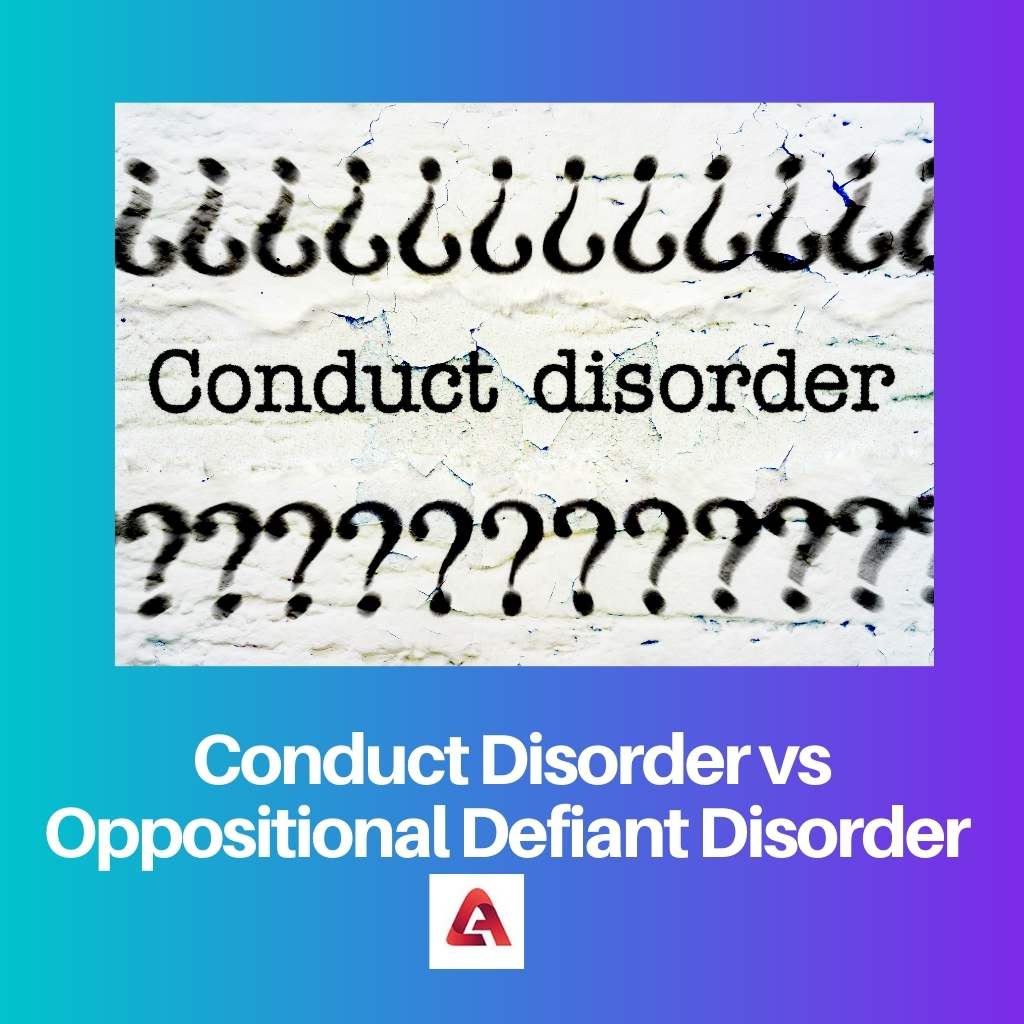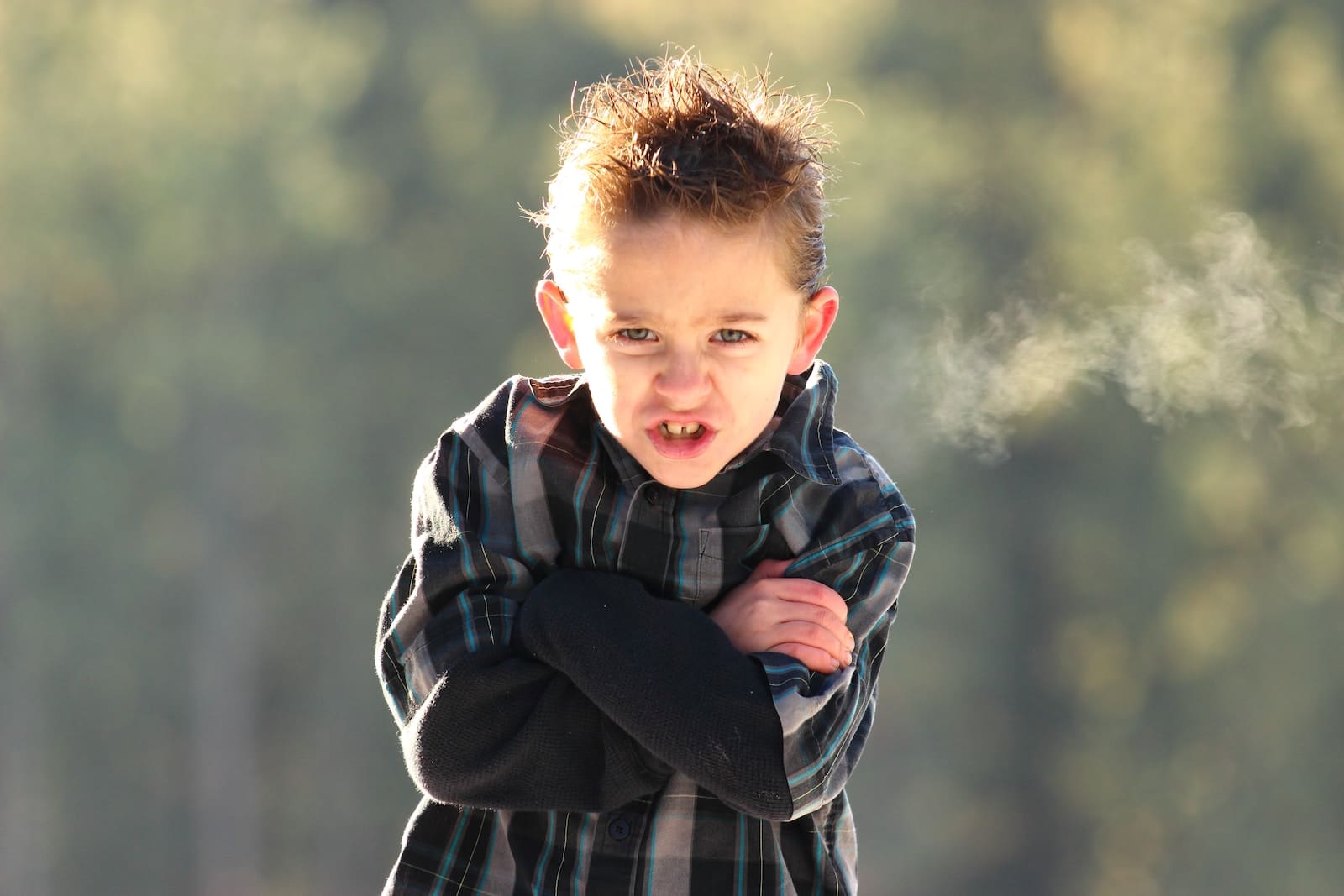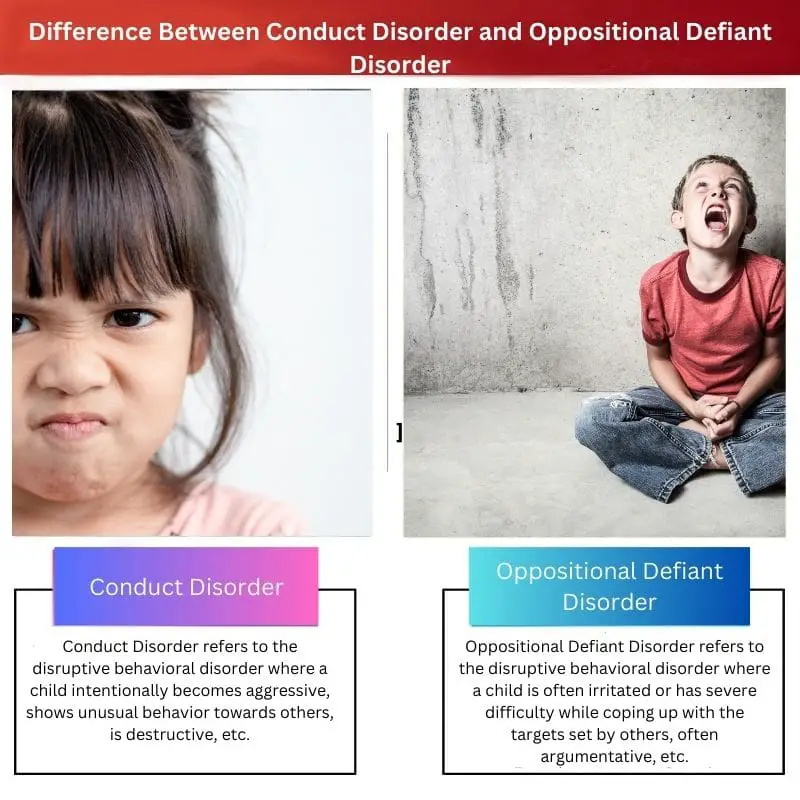When a baby is born, he/she acts like other babies as they do not have the sense to behave differently or suspiciously, which is easily not noticed by their parents.
But, after a few months or years of growth, the parents can notice their child’s behaviour. But, sometimes, this behaviour can be different; in other words, it can be abnormal compared to the other kids.
Key Takeaways
- Conduct disorder involves serious and persistent violations of social norms, whereas oppositional defiant disorder features a defiant and hostile behavior pattern.
- Children with conduct disorder may display aggression, property destruction, and deceitfulness, while those with the oppositional defiant disorder exhibit argumentative behavior and defiance toward authority figures.
- Treatment for conduct disorder involves addressing the child’s environment and establishing a structured routine, while oppositional defiant disorder requires targeted behavioral interventions and parent training.
Conduct Disorder vs Oppositional Defiant Disorder
Conduct disorder is a term used to define a disruptive behavioural disorder noticed in children when they become aggressive intentionally and show destructive behaviour. Oppositional defiant disorder is a disruptive behavioural disorder when a child has difficulty meeting the targets set by others.

The symptoms of this kind of repetitive behaviour last for about 12 months. Also, the symptoms of Conduct Disorder are physical violation or aggression.
On the other hand, Oppositional Defiant Disorder refers to a disruptive behavioural disorder where a child behaves irritatingly, has severe difficulty while coping with the targets set by others, is argumentative, etc.
Comparison Table
| Parameters of Comparison | Conduct Disorder | Oppositional Defiant Disorder |
|---|---|---|
| Definition | Conduct Disorder refers to the disruptive behavioral disorder where a child intentionally becomes aggressive, shows unusual behavior towards others, is destructive, etc. | Oppositional Defiant Disorder refers to the disruptive behavioral disorder where a child is irritated or has severe difficulty while coping up with the targets set by others, argumentative, etc. |
| Physical Violence | A child with Conduct Disorder is physically abusive or violating. | A child with Oppositional Defiant Disorder is comparatively less or rarely physically abusive or violating. |
| Subtypes | There are about three types of subtypes of Conduct Disorder. | There are no subtypes of Oppositional Defiant Disorder. |
| Age Limit of Tracking the Disorders | Conduct Disorder is seen in children around the age of 11, or sometimes in the initial stage of adolescence. | Oppositional Defiant Disorder is seen in children aged between 8-12 years. |
| Symptoms | The Conduct Disorder includes Symptoms like aggressiveness, violating, the urge of hitting or fighting with someone, physically abusive to both human beings and animals, etc. | The Oppositional Defiant Disorder includes Symptoms like irritated, confused, blames others for their own mistakes, quickly loses temper, annoys others, etc. |
| Duration of Symptoms | A child with Conduct Disorder deals with at least, 12 months of repetitive symptoms. | A child with Oppositional Defiant Disorder deals with at least 6 months of repetitive symptoms. |
What is Conduct Disorder?
Conduct Disorder refers to the disruptive behavioural disorder where a child intentionally becomes aggressive, shows unusual behaviour towards others, is destructive, etc.
A child with Conduct Disorder is very aggressive or violent and is always in the urge to hit or fight with someone. There are mainly two types of Conduct Disorder, which are divided based on the symptoms of a child.
Conduct Disorder includes symptoms like aggressiveness, violation, the urge to hit or fight with someone, and physically abusive to both human beings and animals.

What is Oppositional Defiant Disorder?
Oppositional Defiant Disorder refers to a disruptive behavioural disorder where a child goes through some difficulties like he/she has severe difficulty while coping with targets set by others, is argumentative, irritative, etc.
The main unusual behaviour detected by the child is that he/she is irritated or aggressive. There are no subtypes of this disorder.
Oppositional Defiant Disorder includes symptoms like irritation, confusion, blames others for their own mistakes, quickly loses temper, annoys others, etc. And the child with Oppositional Defiant Disorder deals with at least 6 months of repetitive symptoms.

Main Differences Between Conduct Disorder and Oppositional Defiant Disorder
- Conduct Disorder includes symptoms like aggressiveness, violation, the urge to hit or fight with someone, and physically abusive to both human beings and animals.
- A child with Conduct Disorder deals with at least 12 months of repetitive symptoms. On the other hand, a child with Oppositional Defiant Disorder deals with at least 6 months of repetitive symptoms.




